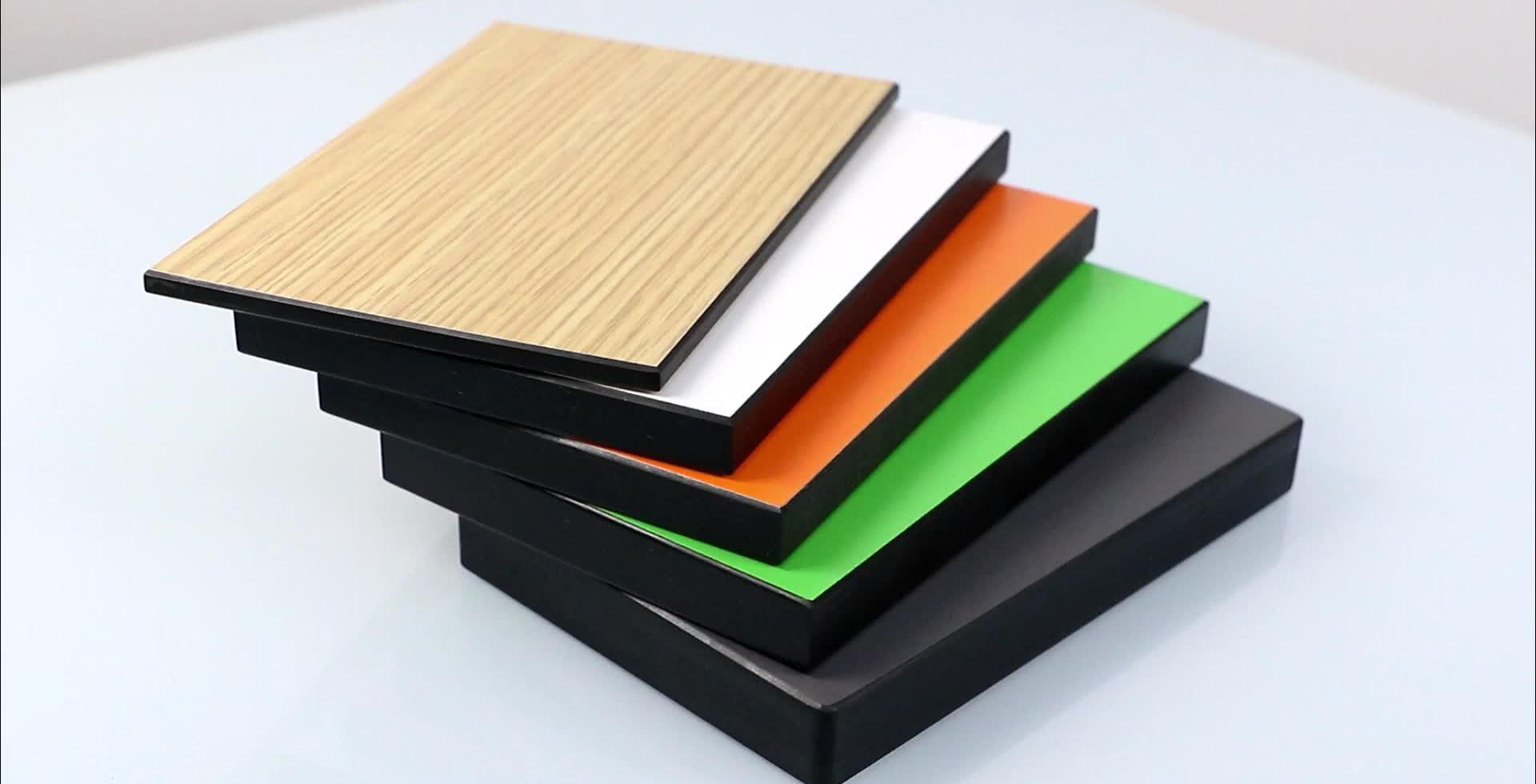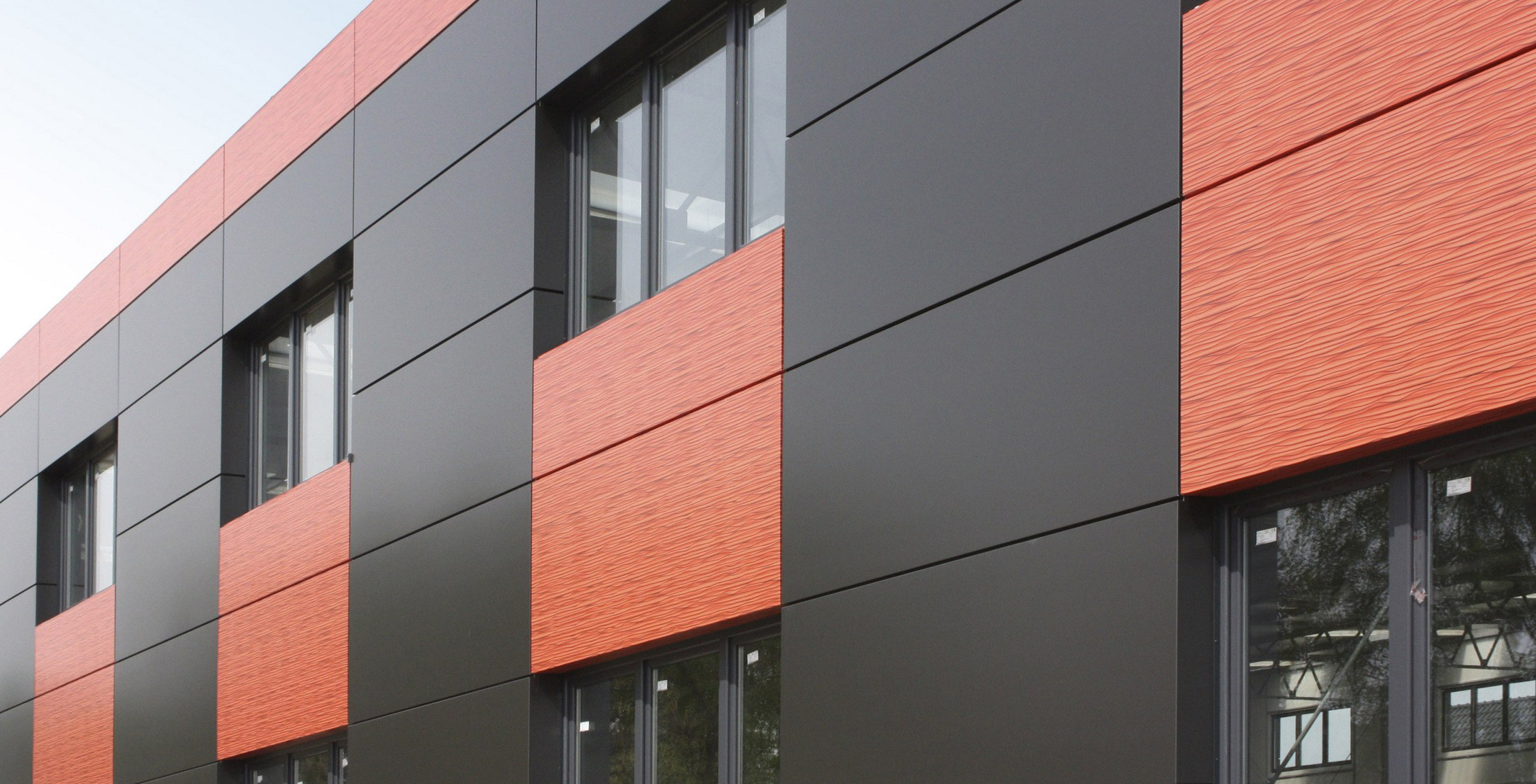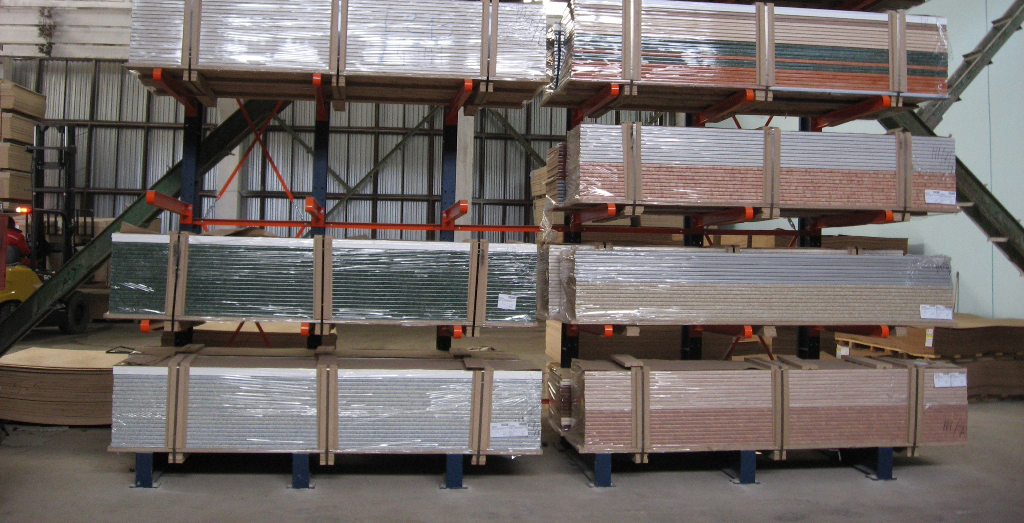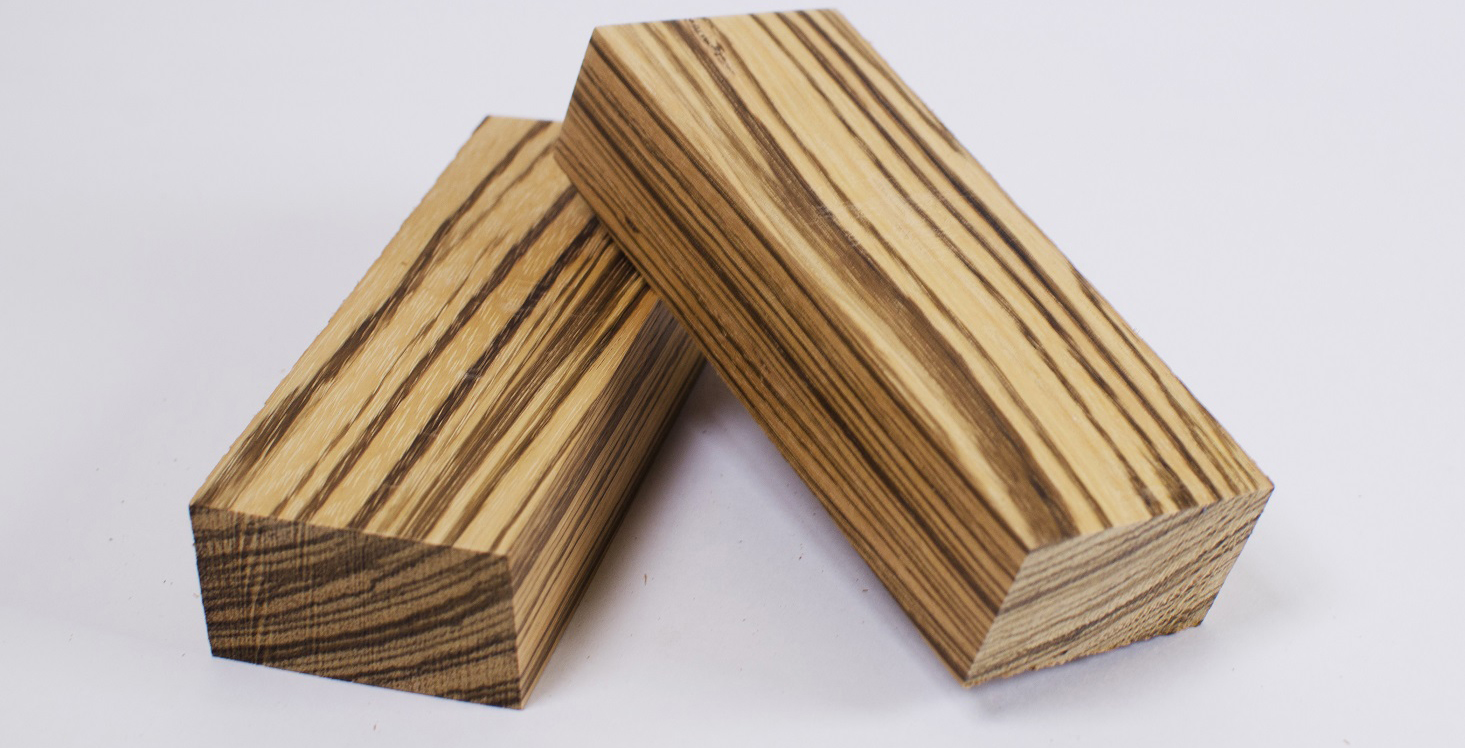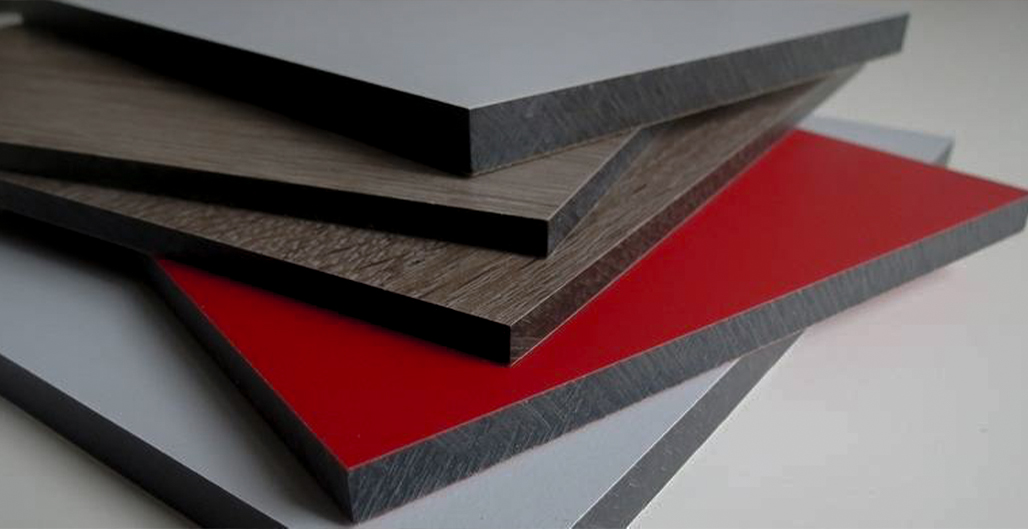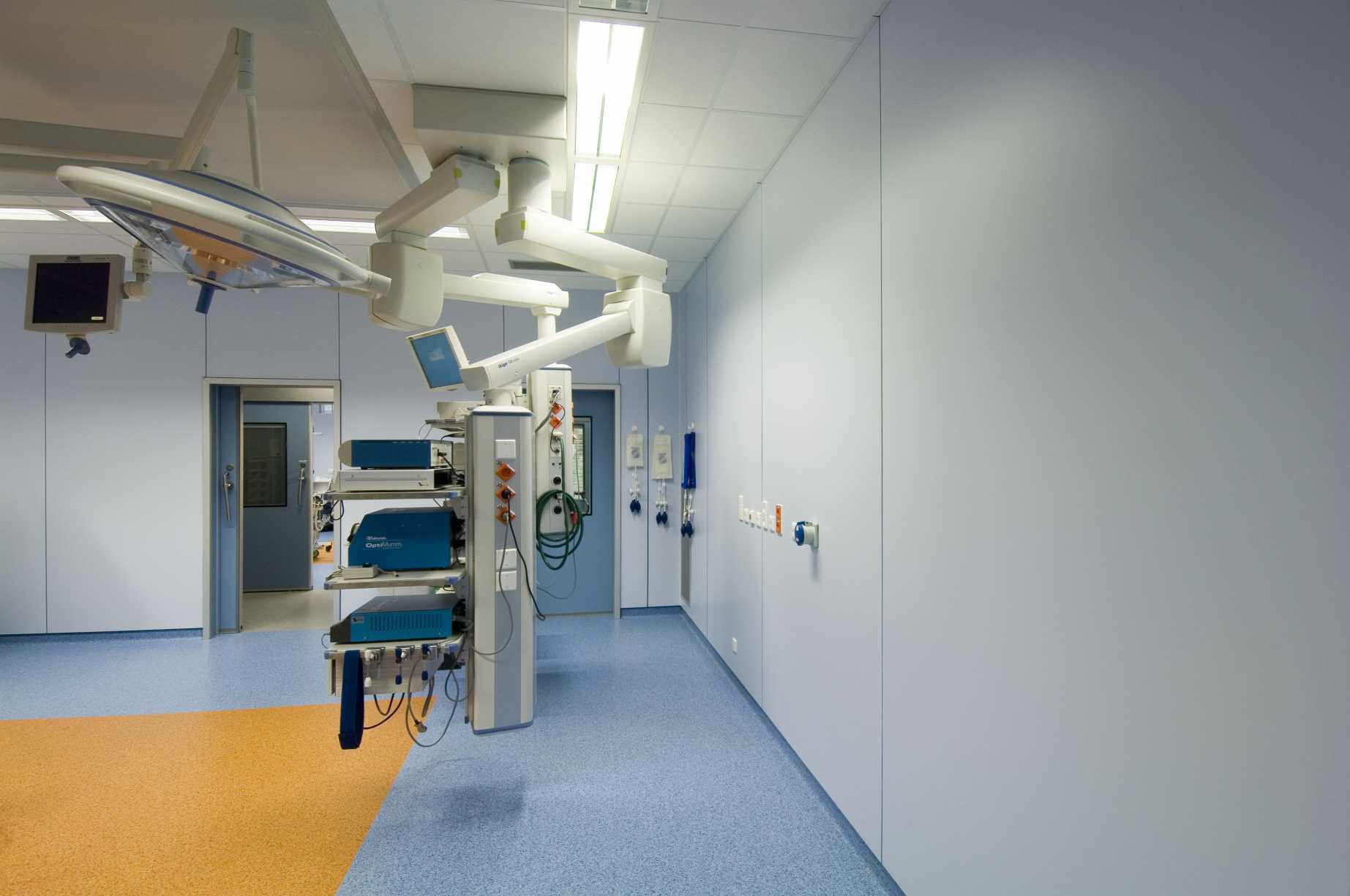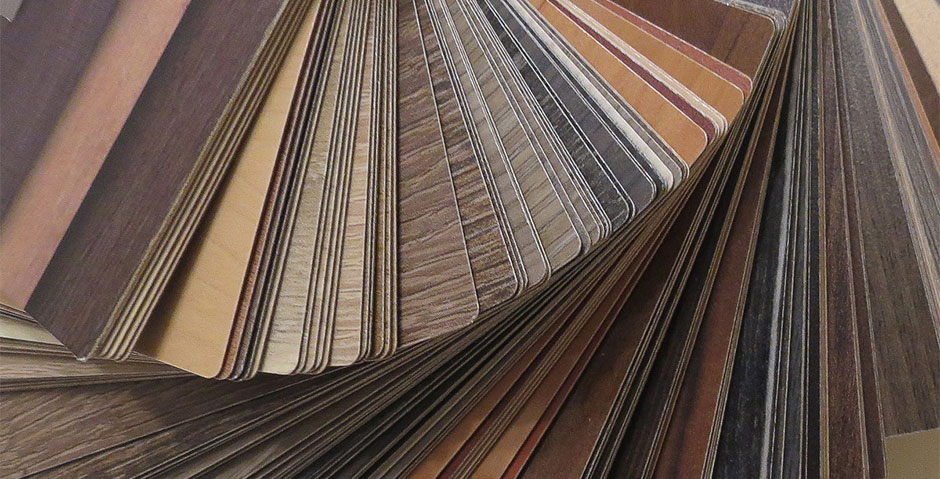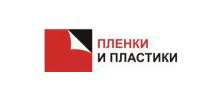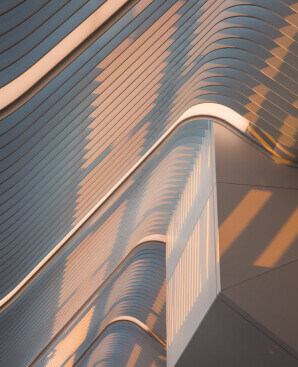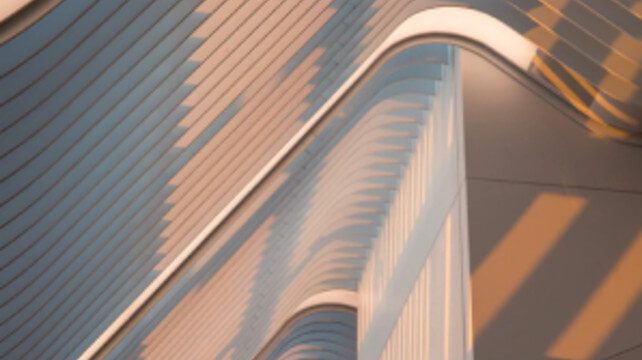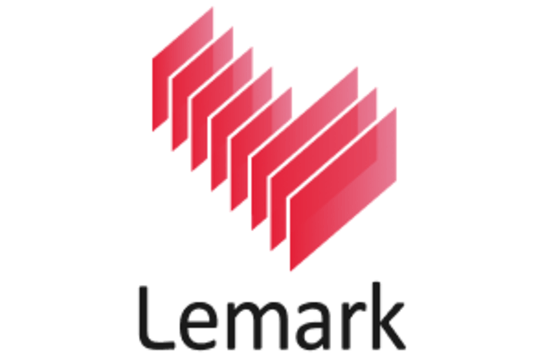Plastic chipboard is cleaned with ordinary water, after which the surface is wiped with paper or a soft cloth. More stubborn dirt is removed with special detergents (except for those indicated below). You can use laundry detergent or soap, glass cleaner, soft cloth, and cloth / plastic / nylon sponges.
- Lime stains are removed with a warm 10% solution of acetic or citric acid, after which the surface should be wiped with clean warm water
- Paraffin or wax stains are removed mechanically using wooden or plastic sticks. They need to be handled carefully, taking care not to scratch the surface. Minor paraffin or wax stains can be removed with absorbent paper.
- Stains from water-based paints, varnishes and adhesives can be removed with plain warm water, and if the stains are old, use common solvents (gasoline, ethanol, acetone, nail polish remover, etc.).
- The stains of varnishes, paints and glue based on solvents from the surface of the particle board are removed with solvents, the choice of which depends on the specific contamination.
- Stains from two-component adhesives and varnishes should be removed immediately after plastic contamination! After hardening, it is almost impossible to remove such stains. Use special organic solvents for cleaning.
- Silicone and polyurethane contamination can be removed mechanically with a wooden or plastic spatula, the main thing is not to scratch the plastic surface. Well, if the stain is old, a silicone cleaner will help you, with which you need to work quickly and accurately.
- Traces of solvents are removed from the surface of the WBC plastic with warm water and a soft cloth. There should be no wet spots on the plastic.
Coloring or discoloration of the surface of the particle board can be the result of exposure of the plastic surface to certain chemicals (acids and bases), which are often included in the composition of industrial cleaning compositions:
- a strong acid capable of causing rapid etching (destruction of the melamine layer), discoloration of the decorative laminate and a decrease in the protective function of the surface.
- a concentrated alkali solution capable of causing etching (destruction of the melamine layer), discoloration of the layered decorative material and a decrease in the protective function of the surface.
- abrasive components in detergent compositions discoloration of the layered decorative material and a decrease in the protective function of the surface.
Solvents based on toluene, alcohols, etc. highly active cleaning and disinfecting substances based on chlorine, peroxide and ammonia substances, acids and alkalis should not remain in contact with the surface of the laminated decorative material.

